from 0 review
14 days 13 nights
Daily Tour
4 people
English
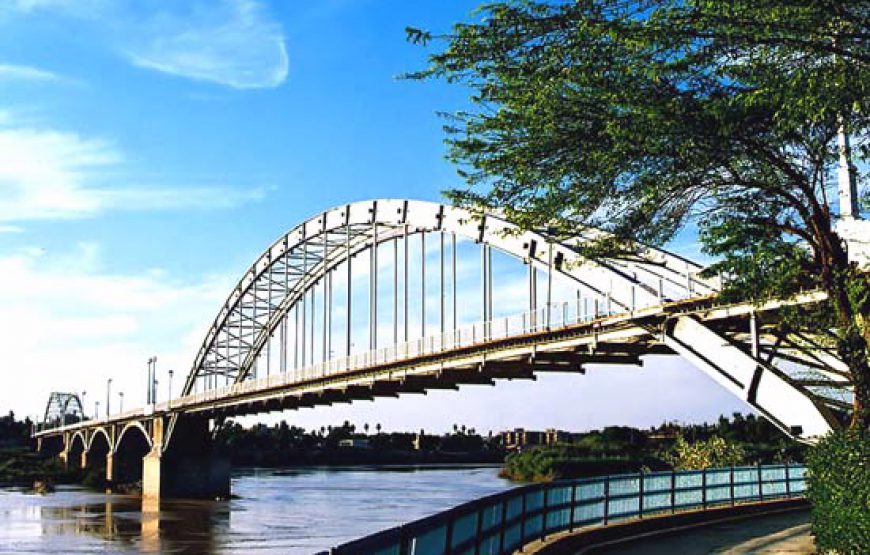

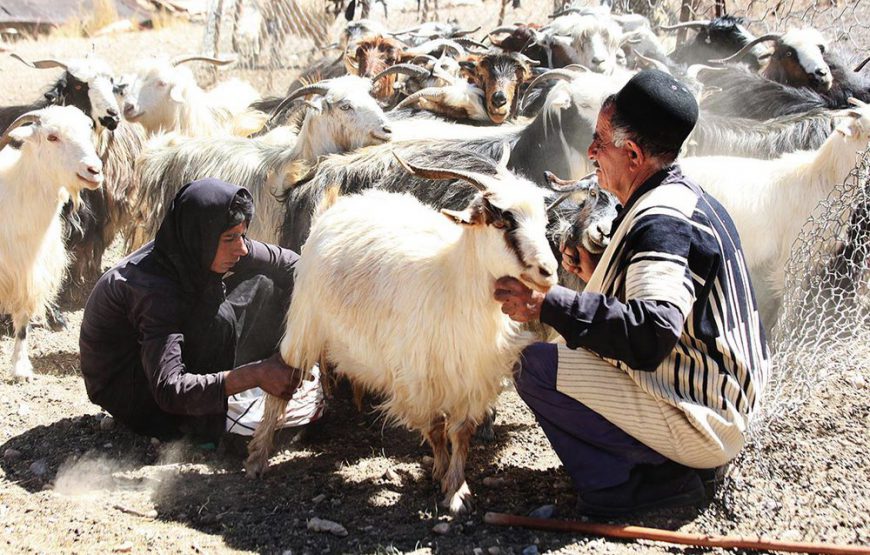
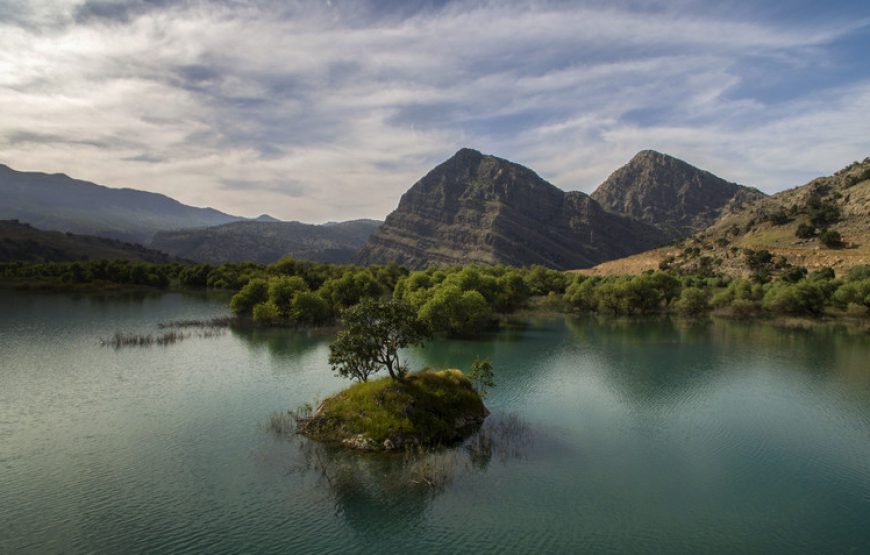

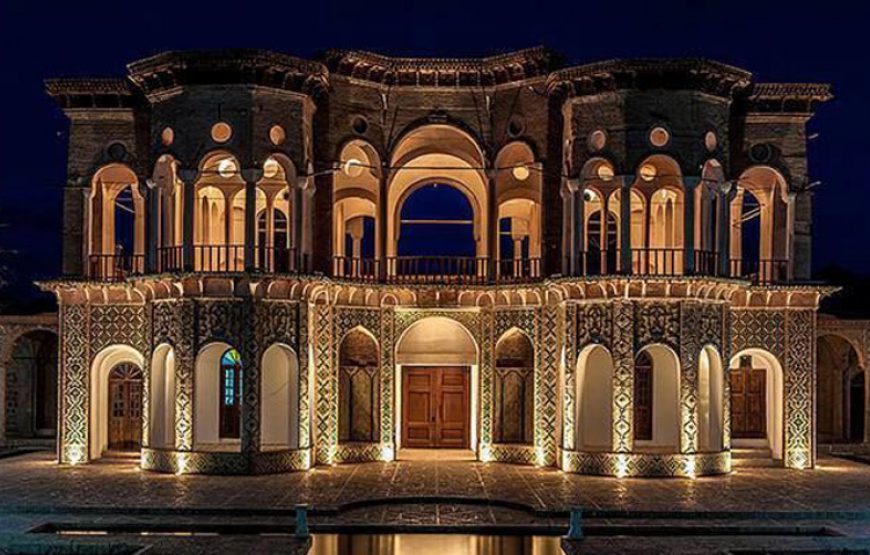
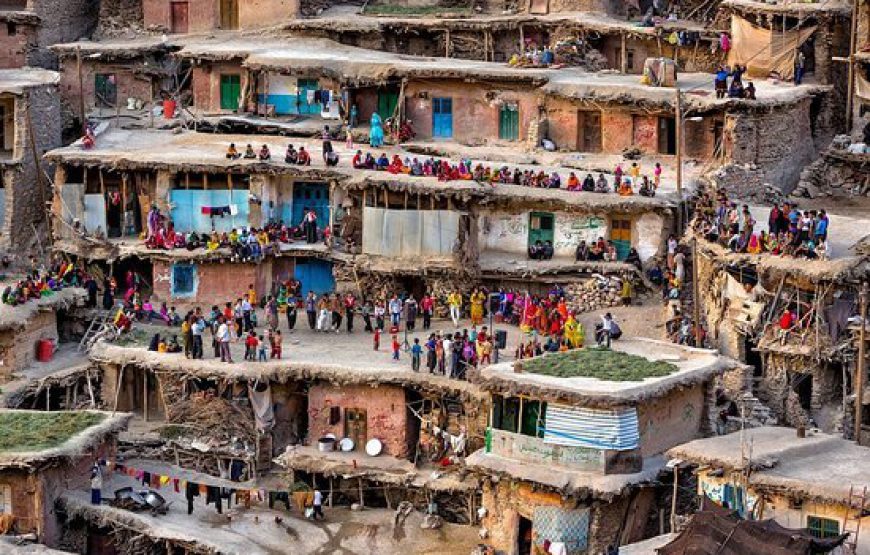
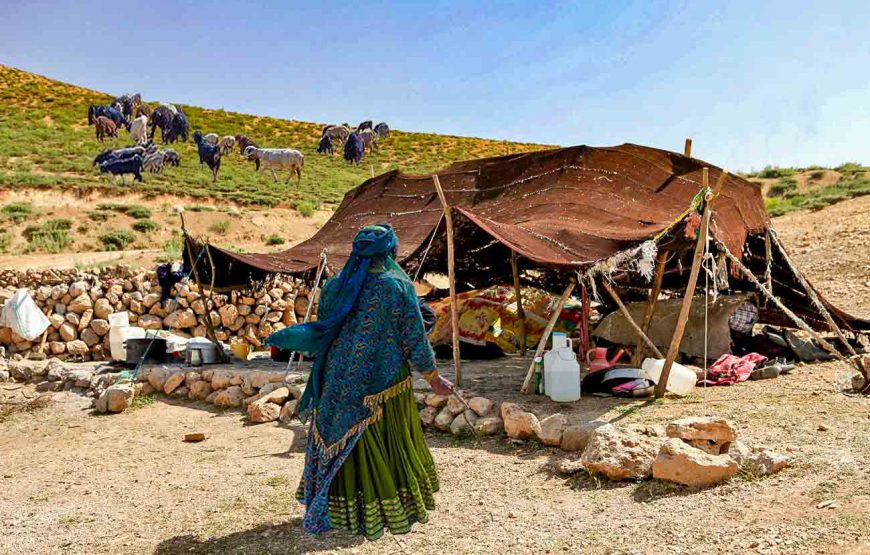
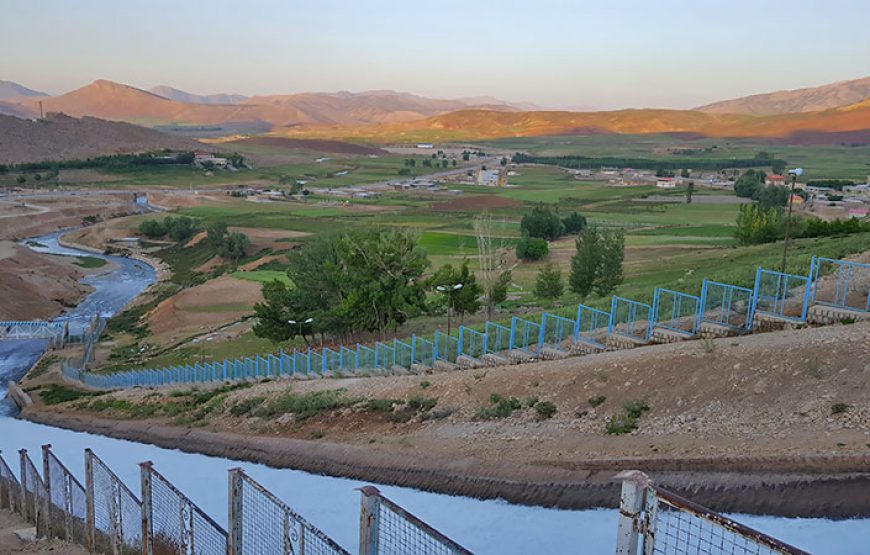
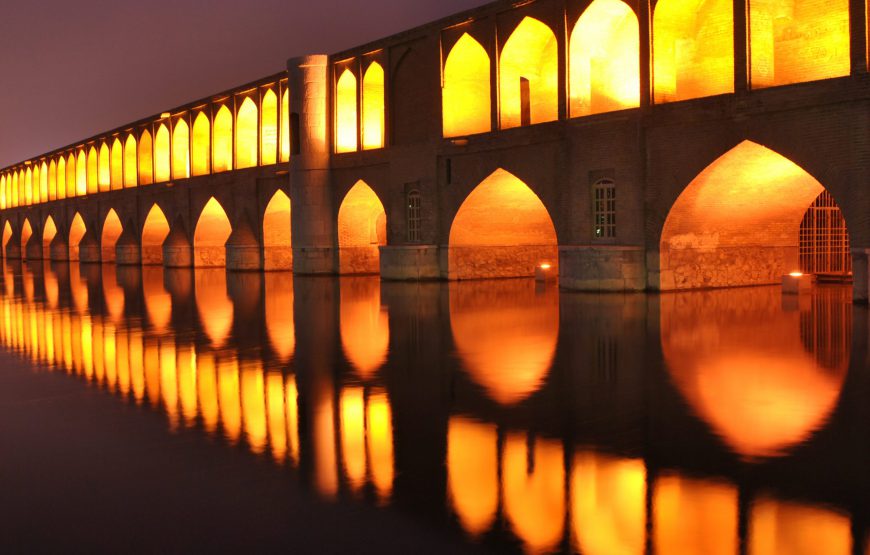
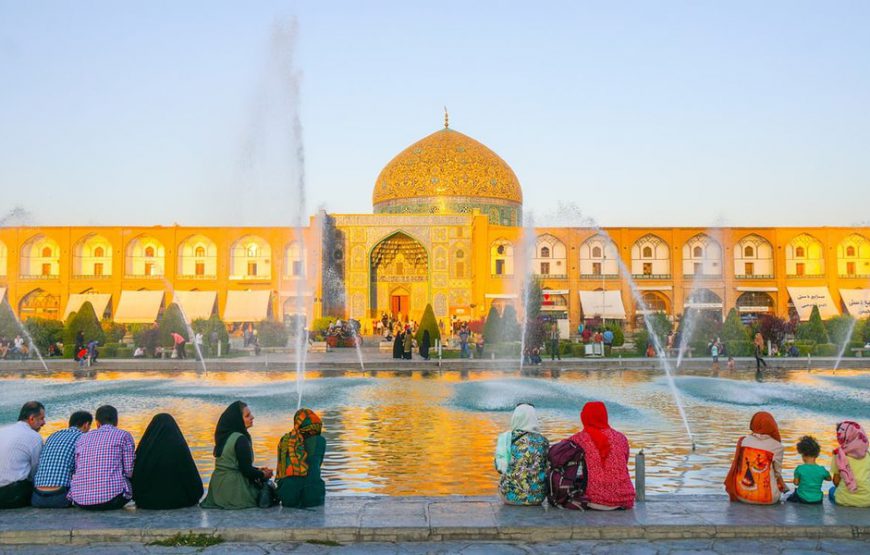
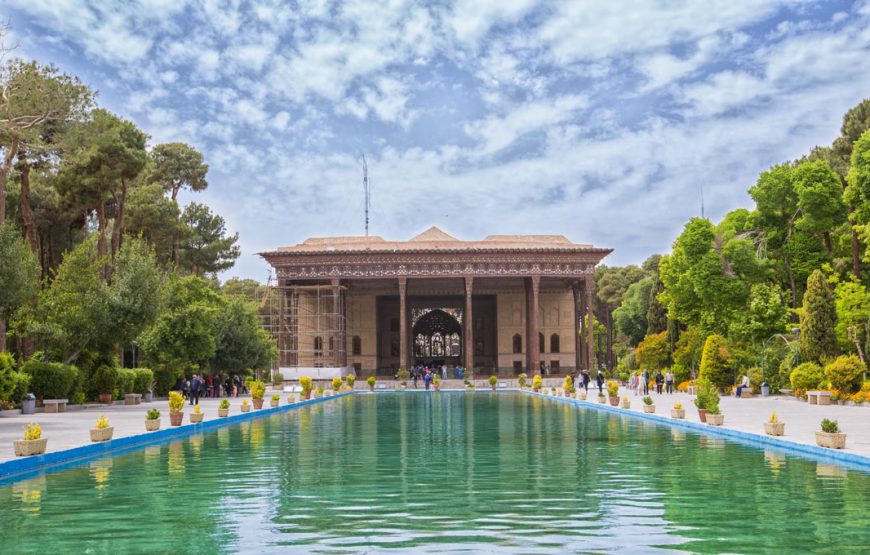
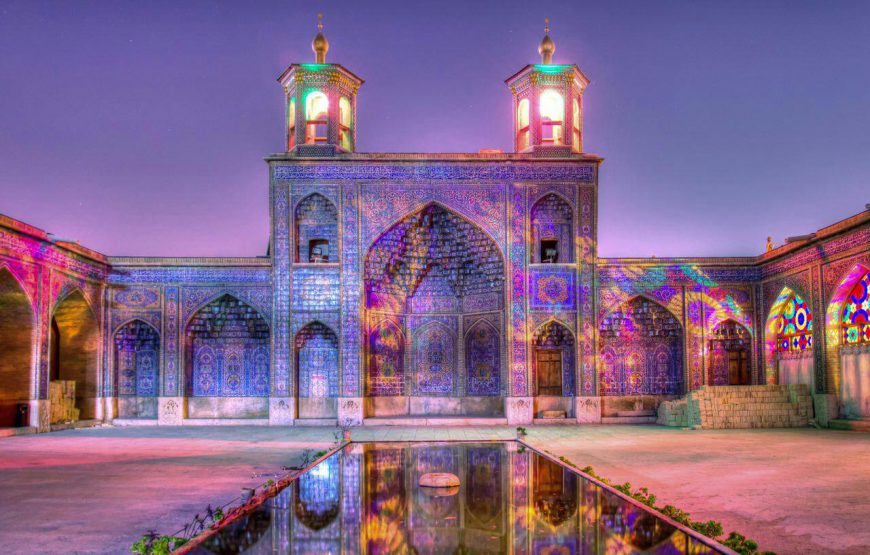
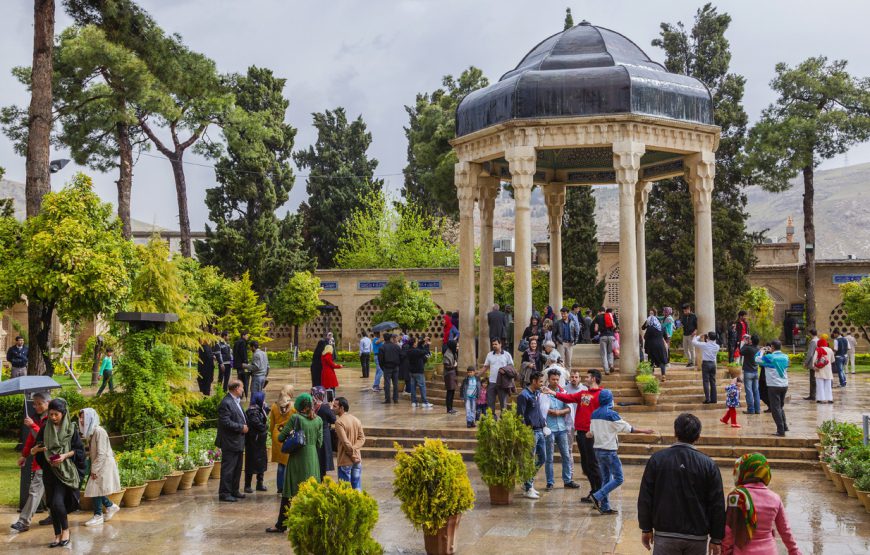
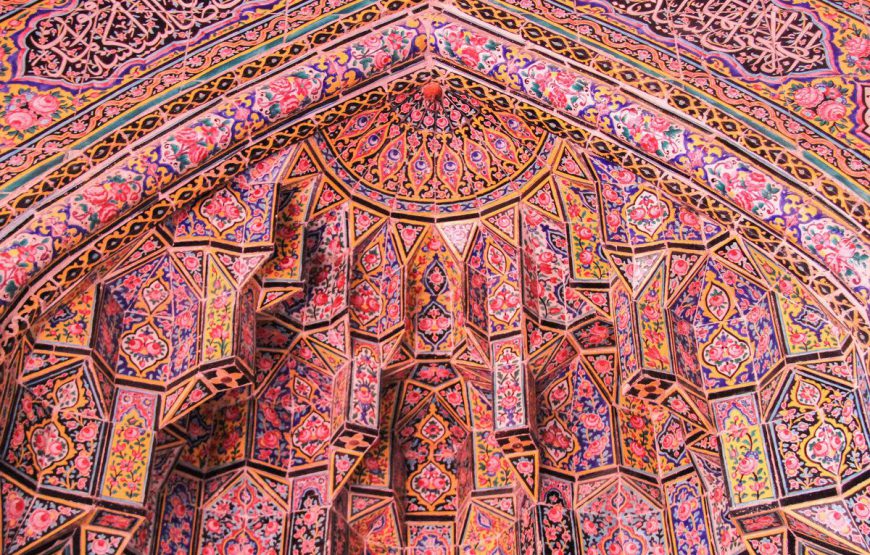
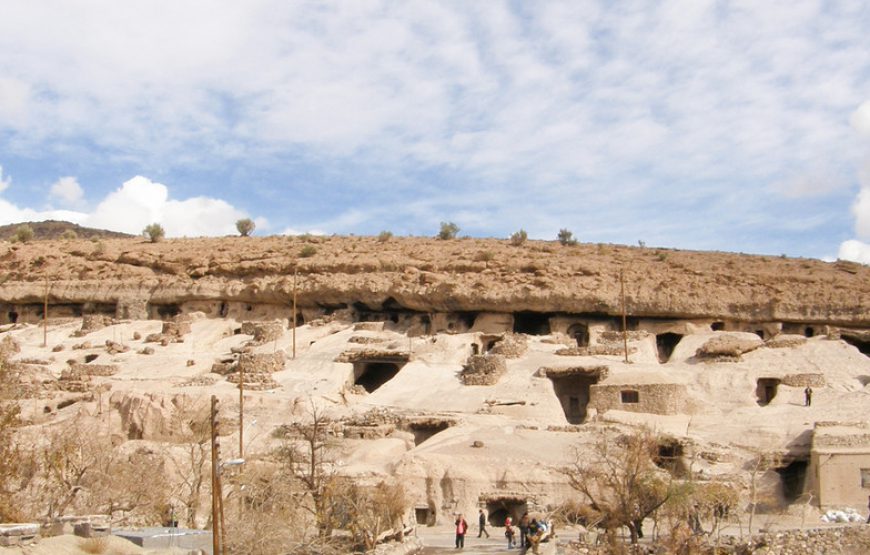
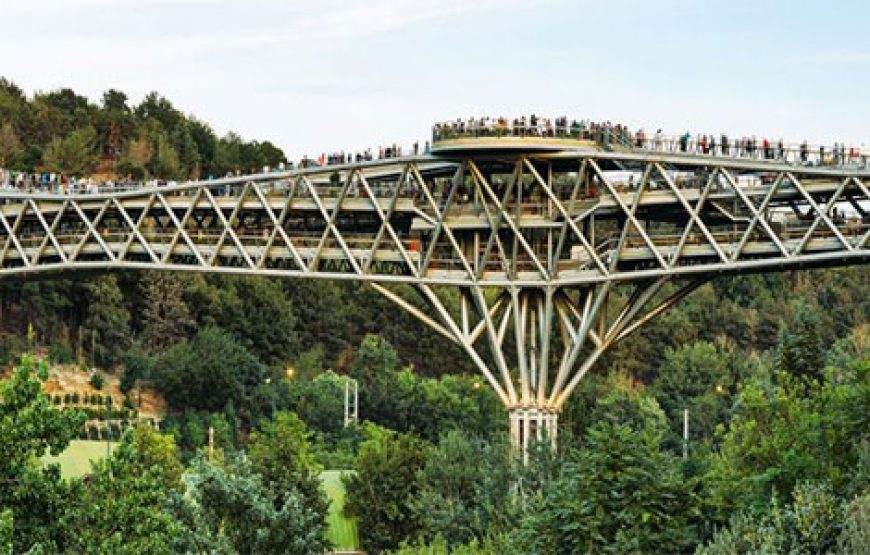
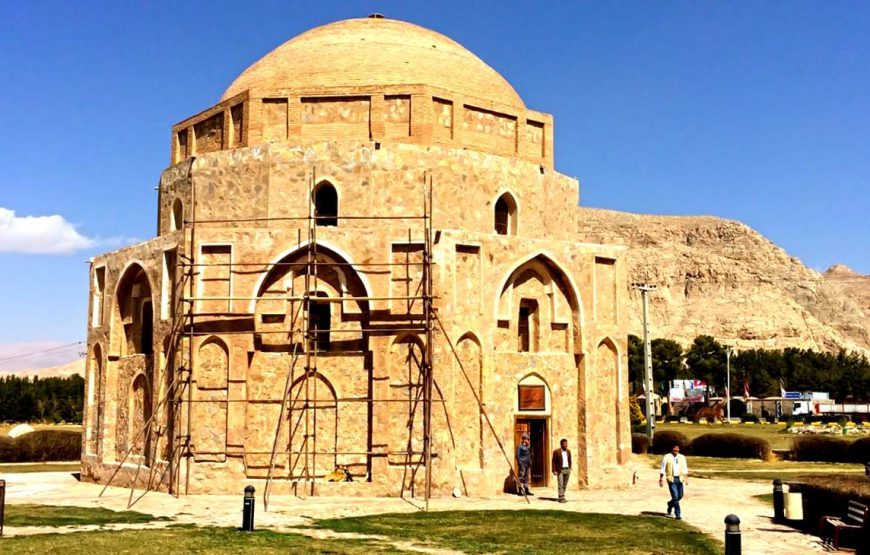
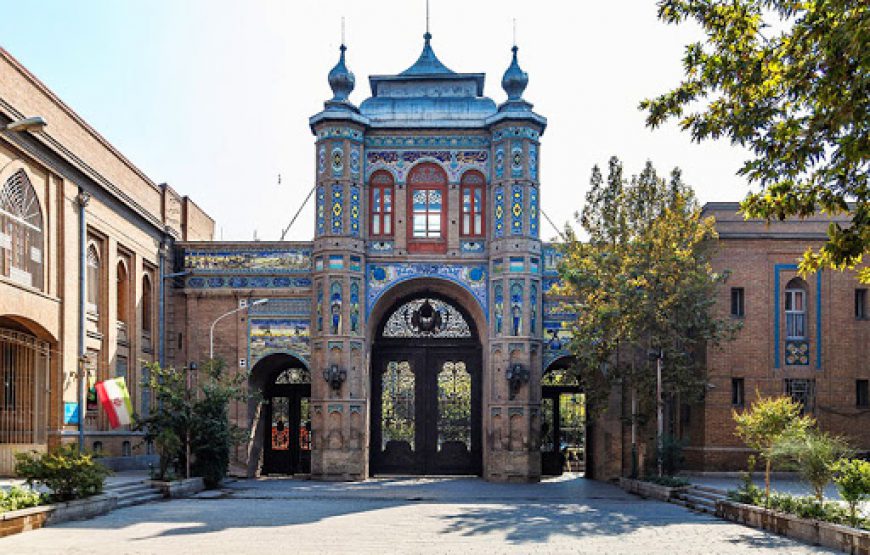
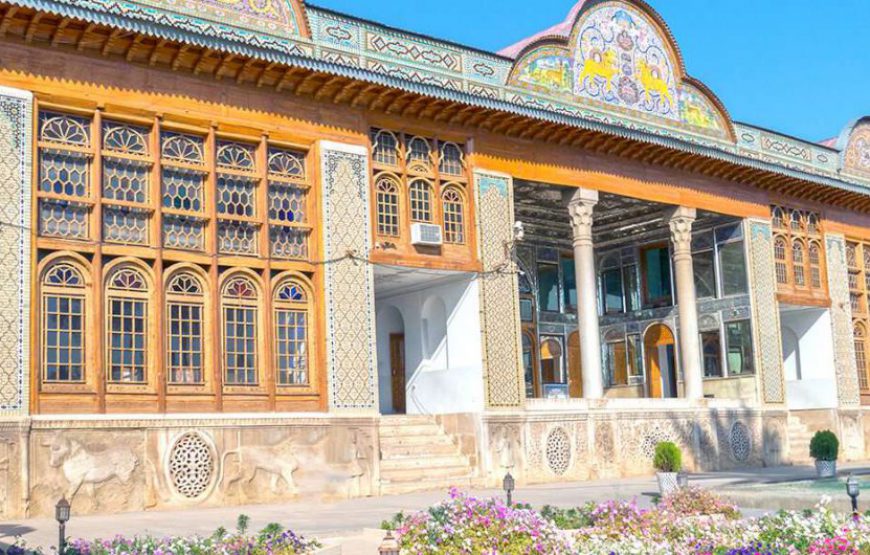
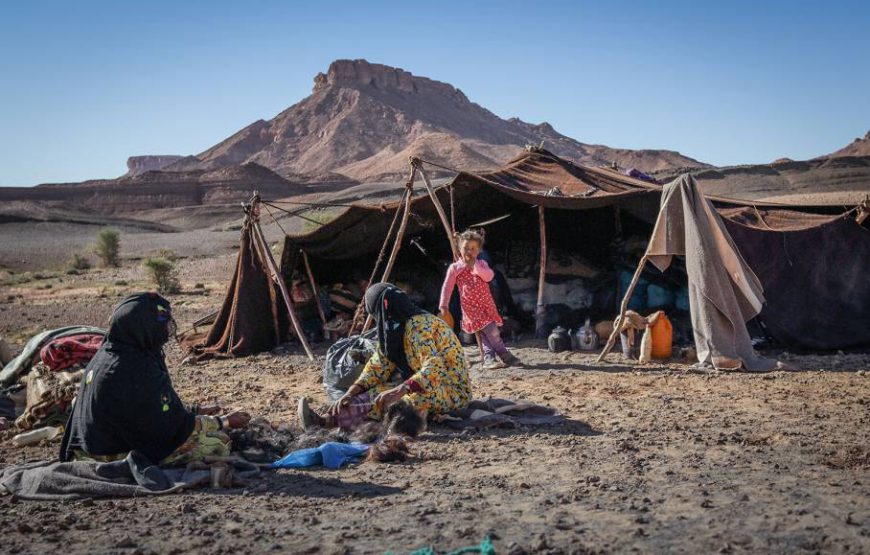
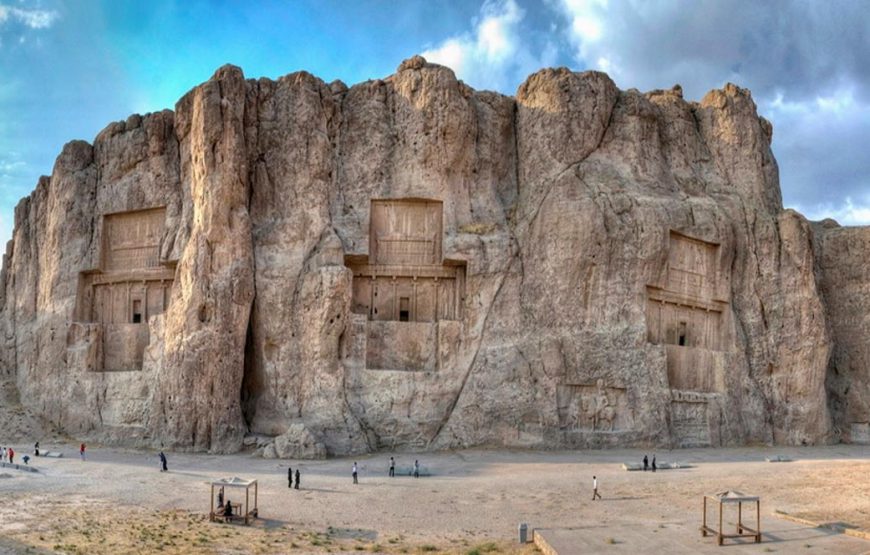
A true experience of nomadic lifestyle and adventures await you on this two-week trip. You will get the best of both worlds with this tour. You will find out about the history and culture of nomadic tribes living in Iran as you join their migration. In addition to living with 3 different nomadic tribes, you will also get the chance to go hiking and camping. Besides this, we will visit Isfahan, Maymand, and Shiraz.

We will arrive in Ahvaz early in the morning. We’re going to have breakfast after airport pick up, and visit Ahvaz and Karoon River quickly. Then we will go on a tour of Shushtar. Haft Tappeh excavation site will be our next stop. The area consists of several hills containing a wealth of information from ancient times. Together with this, we will also visit Tchogha-Zanbil ziggurat, dating back to the Elamite period. The ziggurat has been registered as a UNESCO World Heritage Site. We will go back to Shushtar in the afternoon, and visit its ancient hydraulic system, which is again registered by UNESCO. Lunch will be served afterwards, in the traditional Mostofi Museum and Restaurant. We will stay in Shushtar for the night.

On the 2nd morning of our tour, we will drive to Negin Bridge and Shimbar Waterfall. Lunch will be served in a local house. From this point on, we won’t have access to electricity. If time allows, we will visit Dezpart Steps as well. Then we will hike for 3-4 hours in the afternoon, to reach the black tents set up by nomadic families in the Zagros Mountains. Here we will enjoy the nature, and have a pleasant dinner with our host family. We will camp with the nomads for the night and get ready for the migration which begins the next day.

Families of the Bakhtiari tribe are the first group of nomads we will see on our trip. We are going to visit them in the Zagros Mountains, where they usually migrate to. The Bakhtiari nomads are the most authentic nomadic tribe in Iran, who regularly migrate to summer and winter pastures. We will join their migration, called kuch, and live with them for a short time.
During this time, we will gain firsthand experience of their lifestyle and habits as maintained from the past. Since this will feel like a travel in time, or an experience of a living museum, we have called the tour an odyssey. This trip will teach us so many things about the history of mankind, ourselves, and life as is.
On the third day of our tour, begins a 3-day hiking adventure and genuine experience of not only the nomadic lifestyle, but also the spectacular nature of Iran. We will hike for 42 kilometers during this time. As nomads live by the nature’s rules, there’s no fixed plan or routine in their life. So, you should be prepared for a flexible schedule and be able to adapt yourself to changing situations quickly.

Every step of the way will reveal enchanting sceneries in the heart of impressive mountains. The simplicity of this marvelous experience will only become more interesting with the sound of the herds’ bells ringing all the time. As the day starts coming to its end, we will stop to set up our tents. Nomads’ tents are black and are made by a special kind of wool. The peaceful night under a starry sky with a cool breeze will only make our trip more worth it.

The 5th day will be our last day with the Bakhtiari nomads. We will have breakfast and then say goodbye to them to go to a beautiful village in the mountains, called Khouye. Here, we will stay at a local house at night, to take a break from the nomadic life. The village is blessed with beautiful and large fruit gardens and interesting houses. We will explore the village and enjoy the views of the surrounding mountains.

On the 6th day we will have breakfast, say goodbye to our host family and tour the village. Then we will go to a wonderful historical village called Sar Agha Seyyed. This is a stepped village; it means that the roof of a house is the yard of the house above. You will get the chance to see this on your own, as we will take a walk in the village. The village has been important for nomads heading for the hardest part of their migration on the Zagros Mountains for thousands of years. They stop here in the winter and summer to buy what they need. There is a salt mine near the village. We will hike to the mine for 15 minutes. Afterwards, we will drive to Chelgerd and stay in a hotel there. Our next stop is Koohrang Spring, the largest natural water spring in Iran. Travelers rarely visit the area because of the rough road leading there. We will return to the hotel at night.

We will hit the road to Isfahan and get there at noon. We' tour the city, famous for its unique arts and architecture, for a day and a half. The city is nicknamed as half of the world in Farsi. This is because of the variety of arts, crafts, and historical monuments that have defined the city for centuries. We will explore the historical heart of the city by visiting Naqsh-e Jahan Square. The square includes Sheikh Lotfollah Mosque, Shah Mosque, Ali Qapu Palace, and the bazaar of Isfahan. After a little break, we will visit the Chehel Sotun Palace, Si-o-se Pol Bridge, and Khaju Bridge. We will call it a day then and return to our hotel.

We will leave Isfahan for Shiraz on day 9 and get there in the evening. Once there, we will visit Hafezie, where Hafez, one of the famous Persian poets, is buried. Hafez’s poems are famous for having prophetic qualities among people. They usually read his poems to get a clue of their future. When we visit his tomb, we can give it a try. Then we will visit other historical monuments of Shiraz, including: Narenjestan Museum House and Karim Khan-e Zand Complex. The latter includes Vakil Bazaar, Vakil Bathhouse, Vakil Mosque, Karim Khan’s Citadel. The best architects and artists of 18th century were invited to work on the creation and design of the citadel.
Then we will visit one of the most interesting mosques in the world, called the Pink or Rainbow Mosque. This is actually called Nasir Al Mulk Mosque, but the interesting play of lights, colors, and tile patterns have contributed to the name.
After touring the city, it is now the turn for another nomadic experience. We will get out of the city to live with the Qashqai nomads, the second largest nomadic tribe in Iran. They speak a dialect of Turkish language. This again will feel like a travel to the time when indigenous people of Iran lived as nomads.

. On the next day, we will drive to Marvdasht and Kooh-e Rahmat, to see Naqsh-e Rostam and Persepolis historical sites. These historical landmarks have become iconic for the history of civilization in Iran. In fact, Persepolis was one of the capital cities of the Achaemenians in ancient Persia. This has also become one of the important archaeological sites in the world.

Our experience with the nomadic tribes of Iran is not over yet. On the 12th day we’ll be headed to see another group, living in the one of a kind village of Maymand. The villagers are semi-nomadic agro-pastoralists whose houses are carved straight in to the mountains by hand. These houses remind one of an earlier time, when caves where humans’ first houses. So, it shouldn’t be surprising if this unique village is registered as a UNESCO World Heritage Site. These people take their livestock on semi-migration to the pastures near the village, this is why they are called semi-nomads. We will spend the night at the Moon Ecolodge of Maymand.

Leaving Maymand on the 13 day, we will drive to Kerman. We will learn about the history of the city by visiting the Ganjali Khan Complex in the center of Kerman. Its architecture represents the techniques used during the Safavid era. Then we will go to the Jabalieh Dome, another iconic historical monument of Kerman. Afterwards, we’ll visit the 600-year-old grand bazaar of Kerman and drive to Mahan District. Here we will get the chance to see Shah Nematollah Vali Shrine and Mahan Garden, which was built by Prince Mahan. The garden feels like an oasis of trees, pools and streams of water right in the middle of the desert.

You fly to Tehran & prepare for your homeward fly. If you have time, we are going to visit Golestan Palace, Grand Bazaar of Tehran, Melli Garden, Jewelry Museum and Tabi’at Bridge
The 14th day is our last day, when we will fly back to Tehran. Before your trip back home, if time allows, we will also see the Golestan Palace, Grand Bazaar of Tehran, Treasury of Naitonal Jewels, Melli Garden, and Tabi’at Bridge.

Leave a Reply